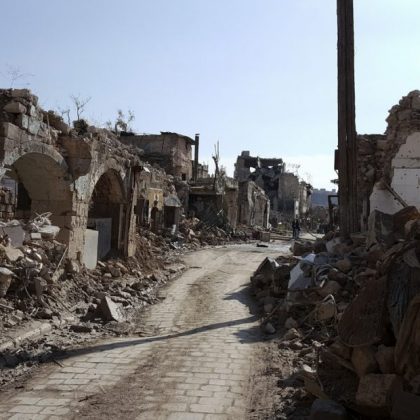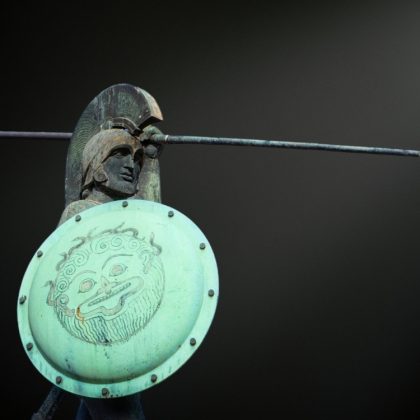UCAVs in the Battlefield – Operational Design Challenges
Technology challenges of stealth unmanned combat aerial vehicles by Eduardo Sepulveda & Howard Smith provides a summary of the technical and operational design challenges specific to UCAVs, focusing on high-performance, and stealth designs. The paper is published in The Aeronautical Journal.
It is an undeniable fact that unmanned aerial vehicles (UAVs) have proven their value as force multipliers in the battlefield. From sustained surveillance during the Vietnam War, to the first surrender of Iraqi soldiers to an unmanned aircraft during the Persian Gulf War, leading to the laser-guided missile carrying capabilities of Predator and Reaper, UAVs have revolutionized almost every aspect of aerial warfare.
Unmanned aircraft has gained more ground by being able to match -and perhaps surpass- the capabilities of their manned counterparts. Unmanned Combat Aerial Vehicles (UCAVs) are affordable and able to operate in highly contested airspace, fulfilling ‘first day of war’ roles such as Suppression of Enemy Air Defences (SEAD), Electronic Warfare (EW), and strike of high-value targets, through a combination of low observable technologies, high performance, and robust communications, command and control (C3).
This has been the vision of major defence agencies since the turn of the millennium, which has culminated in advanced technology demonstrators in countries like the US, UK, France, India and China. From the X45-A proof of concept, to the impressive Taranis, UCAV stealth measures have resulted in purpose-driven design, featuring highly-blended, swept, flying wings with all-internal engines and weapon bays; integrating advanced technologies while also increasing the tactical capabilities of combat aircraft.
Conceptual Design Studies of UCAVs
The combination of conflicting mission requirements, namely extremely low observability, high manoeuvrability and aerodynamic efficiency, make UCAVs a truly complex engineering design feat, where an interdisciplinary approach must be adopted from the earliest design stages.

Conceptual design studies of UCAV configurations should account for the following key areas:
(1) Rapid and accurate aerodynamic modelling of the complex vortex flow fields found over highly swept wings
(2) Numerical estimations of low observability criteria such as Radar Cross Section (RCS) and Infrared (IR) signature
(3) The effect of advanced materials and manufacturing techniques
(4) Advanced systems such as non-conventional control effectors and flow control for improved manoeuvrability
(5) The effect of complex inlets and exhaust on engine performance
(6) Complex internal packaging of structures, systems, and payloads
On the operational side, it is necessary to guarantee the safety of UCAV operations in shared airspace. To achieve this, robust communications, automatic sense and avoid algorithms, formation flight trajectories, adaptive task assignment and fault tolerant control, are being intensely developed and tested.
Our paper provides a summary of the technical and operational design challenges specific to UCAVs, focusing on high-performance, and stealth designs. We explore the impact of a wide range of combat missions on conceptual UCAV configurations, such as subsonic to high-supersonic operations, integrating current and future technology scenarios using Cranfield University’s own in-house multi-disciplinary design analysis and optimisation framework.
Image: http://www.airforce-technology.com/projects/neuron/attachment/neuron2/






